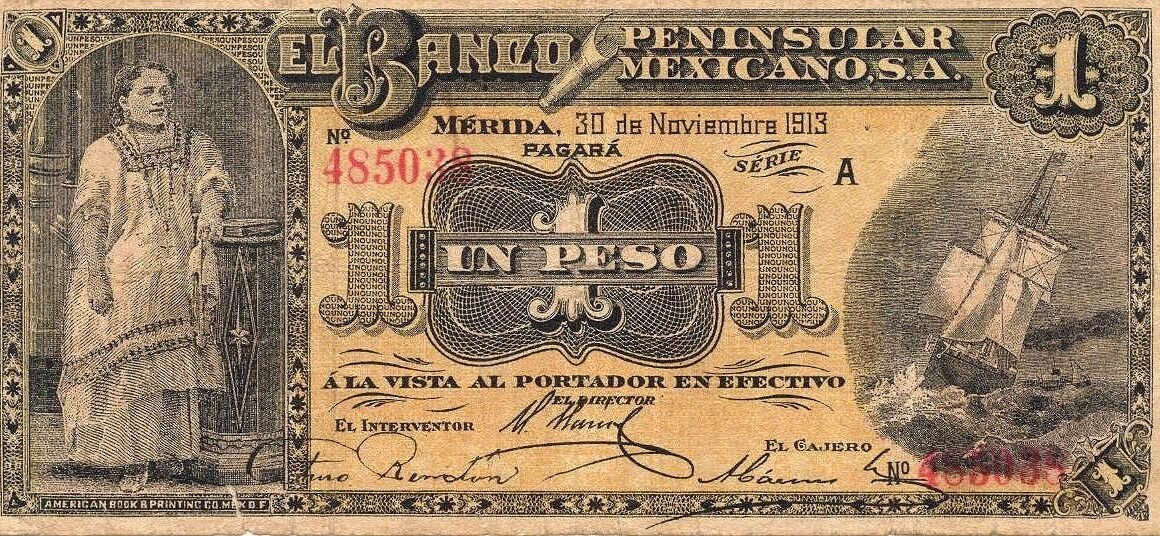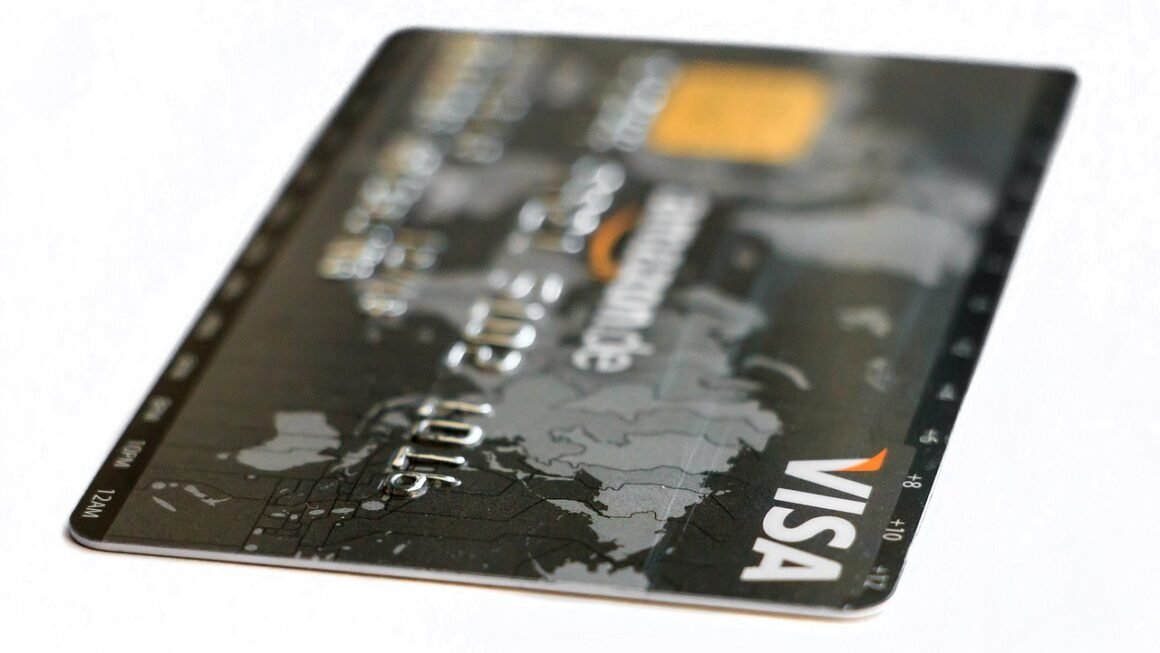Cryptocurrency. The word itself evokes images of futuristic finance, digital gold rushes, and maybe even a little bit of confusion. But what is cryptocurrency, really? Beyond the headlines and the hype, lies a powerful and potentially transformative technology. This comprehensive guide will break down the fundamentals of cryptocurrency, explore its underlying mechanisms, discuss its potential benefits and risks, and provide a practical overview of how to get started.
Understanding Cryptocurrency: The Basics
What is Cryptocurrency?
Cryptocurrency is a digital or virtual currency that utilizes cryptography for security. This makes it difficult to counterfeit or double-spend. A key characteristic of many cryptocurrencies is their decentralized nature; they are generally not issued by any central authority, rendering them theoretically immune to government interference or manipulation. Cryptocurrencies operate on a technology called blockchain.
- Decentralized: Not controlled by a single entity like a bank or government.
- Secure: Uses cryptography to protect transactions.
- Transparent: All transactions are recorded on a public ledger (the blockchain).
- Global: Can be used anywhere in the world with internet access.
Blockchain Technology: The Foundation
Blockchain is a distributed, decentralized, public ledger that records all cryptocurrency transactions. Think of it as a digital record book that is shared among many computers (nodes) on a network. Each transaction is grouped together into a “block,” and these blocks are chained together chronologically and securely using cryptography. This creates an immutable record of all transactions.
- Immutability: Once a block is added to the chain, it cannot be altered or deleted.
- Transparency: Anyone can view the blockchain and see all the transactions.
- Security: Cryptography ensures the integrity of the blockchain.
- Distributed: The blockchain is not stored in one central location, making it resistant to attacks.
Example: How Bitcoin Transactions Work
Let’s say Alice wants to send 1 Bitcoin to Bob. The following steps occur:
- Alice initiates the transaction from her Bitcoin wallet.
- The transaction is broadcast to the Bitcoin network.
- Network participants (miners) verify the transaction by confirming that Alice has sufficient Bitcoin to spend and that the transaction is valid.
- Once verified, the transaction is grouped with other transactions into a block.
- Miners compete to solve a complex mathematical problem to add the new block to the blockchain. The miner who solves the problem first is rewarded with new Bitcoin. This is known as “mining.”
- The new block is added to the blockchain, making the transaction permanent and visible to everyone.
- Bob receives 1 Bitcoin in his wallet.
Key Cryptocurrencies and Their Use Cases
Bitcoin (BTC): The Pioneer
Bitcoin, created in 2009 by an unknown person or group using the pseudonym Satoshi Nakamoto, is the first and most well-known cryptocurrency. It is often referred to as “digital gold” and is used primarily as a store of value.
- Market Capitalization: Consistently the largest cryptocurrency by market capitalization.
- Limited Supply: Only 21 million Bitcoins will ever be created, making it a scarce asset.
- Use Case: Store of value, hedge against inflation, and a medium of exchange (although less frequently used as a daily payment method).
Ethereum (ETH): The Platform
Ethereum, launched in 2015, is more than just a cryptocurrency; it’s a platform for building decentralized applications (dApps). It introduced the concept of smart contracts, self-executing agreements written in code.
- Smart Contracts: Allows developers to build applications that run on the blockchain.
- dApps: Decentralized applications built on the Ethereum blockchain.
- Use Case: Powering dApps, creating and trading NFTs (Non-Fungible Tokens), and facilitating DeFi (Decentralized Finance).
Altcoins: Beyond Bitcoin
Altcoins are any cryptocurrencies that are not Bitcoin. There are thousands of altcoins, each with its own unique features and use cases. Examples include:
- Litecoin (LTC): Faster transaction times compared to Bitcoin.
- Ripple (XRP): Focuses on facilitating international money transfers.
- Cardano (ADA): Emphasizes scalability and sustainability.
- Solana (SOL): Known for its high transaction speeds and low fees.
Stablecoins: Pegged to Stability
Stablecoins are cryptocurrencies designed to minimize price volatility by being pegged to a stable asset, such as the US dollar or gold. Examples include:
- Tether (USDT): Pegged to the US dollar.
- USD Coin (USDC): Also pegged to the US dollar, with a focus on transparency and regulatory compliance.
- Dai (DAI): Decentralized stablecoin pegged to the US dollar, maintained by the MakerDAO protocol.
Stablecoins are often used for trading and remittances, as they offer the benefits of cryptocurrency without the price volatility.
Benefits and Risks of Cryptocurrency
Benefits of Cryptocurrency
- Decentralization: Freedom from central control and censorship.
- Lower Transaction Fees: Potentially lower fees compared to traditional financial institutions, especially for international transfers.
- Faster Transactions: Faster settlement times compared to traditional banking systems.
- Accessibility: Opens up financial services to individuals who may not have access to traditional banking.
- Transparency: All transactions are recorded on a public blockchain, promoting transparency and accountability.
Risks of Cryptocurrency
- Volatility: Cryptocurrency prices can be highly volatile, leading to significant gains or losses.
- Security Risks: Vulnerable to hacking and theft, especially if proper security measures are not taken.
- Regulatory Uncertainty: The regulatory landscape for cryptocurrencies is still evolving, creating uncertainty for investors.
- Complexity: Understanding the technology and its nuances can be challenging for newcomers.
- Scalability Issues: Some cryptocurrencies have limitations in terms of transaction processing speed and scalability.
- Scams and Fraud: The cryptocurrency space is prone to scams and fraudulent schemes. Always do your research before investing.
Getting Started with Cryptocurrency
Choosing a Cryptocurrency Exchange
A cryptocurrency exchange is a platform where you can buy, sell, and trade cryptocurrencies. Popular exchanges include:
- Coinbase: User-friendly interface, suitable for beginners.
- Binance: Wide range of cryptocurrencies and trading options.
- Kraken: Known for its security and regulatory compliance.
When choosing an exchange, consider factors such as:
- Security: Does the exchange have robust security measures in place?
- Fees: What are the trading fees, deposit fees, and withdrawal fees?
- Cryptocurrency Selection: Does the exchange offer the cryptocurrencies you want to trade?
- User Interface: Is the platform easy to use and navigate?
- Reputation: What are other users saying about the exchange?
Setting Up a Cryptocurrency Wallet
A cryptocurrency wallet is a digital wallet that allows you to store, send, and receive cryptocurrencies. There are different types of wallets:
- Hardware Wallets: Physical devices that store your private keys offline, providing the highest level of security (e.g., Ledger, Trezor).
- Software Wallets: Applications that you can download on your computer or smartphone (e.g., Exodus, Electrum).
- Exchange Wallets: Wallets provided by cryptocurrency exchanges. While convenient, storing your cryptocurrency on an exchange carries more risk.
- Paper Wallets: A printout of your private and public keys. Considered a cold storage method.
It’s crucial to protect your private keys, as they are essential for accessing your cryptocurrency. Keep them offline and never share them with anyone.
Investing in Cryptocurrency: Tips and Strategies
- Do Your Research: Understand the cryptocurrency you are investing in and its underlying technology.
- Start Small: Begin with a small amount of money that you can afford to lose.
- Diversify Your Portfolio: Don’t put all your eggs in one basket. Spread your investments across multiple cryptocurrencies.
- Use Dollar-Cost Averaging: Invest a fixed amount of money at regular intervals, regardless of the price.
- Be Aware of Scams: Be cautious of get-rich-quick schemes and fraudulent projects.
- HODL (Hold On for Dear Life): Consider a long-term investment strategy and avoid making impulsive decisions based on short-term price fluctuations.
Conclusion
Cryptocurrency represents a significant shift in the world of finance. While it offers potential benefits such as decentralization, lower transaction fees, and increased accessibility, it also comes with risks like volatility, security vulnerabilities, and regulatory uncertainty. By understanding the fundamentals of cryptocurrency, blockchain technology, and the different types of cryptocurrencies available, you can make informed decisions about whether to participate in this evolving digital landscape. Remember to do your research, start small, and prioritize security to navigate the world of cryptocurrency safely and effectively.



